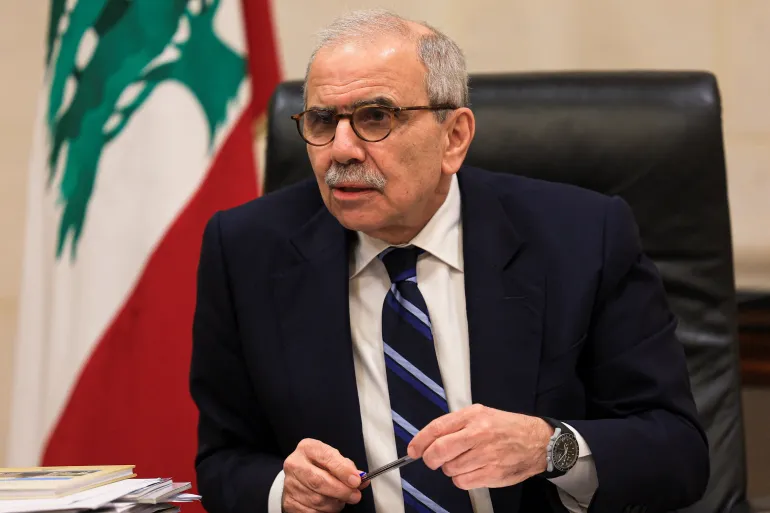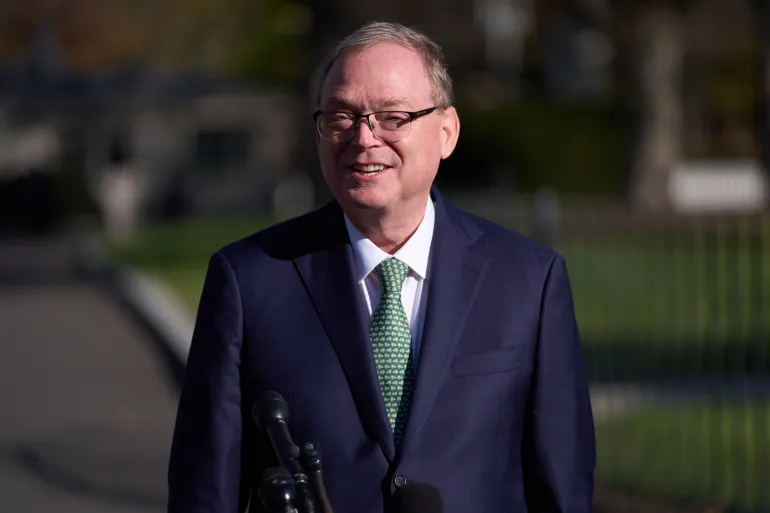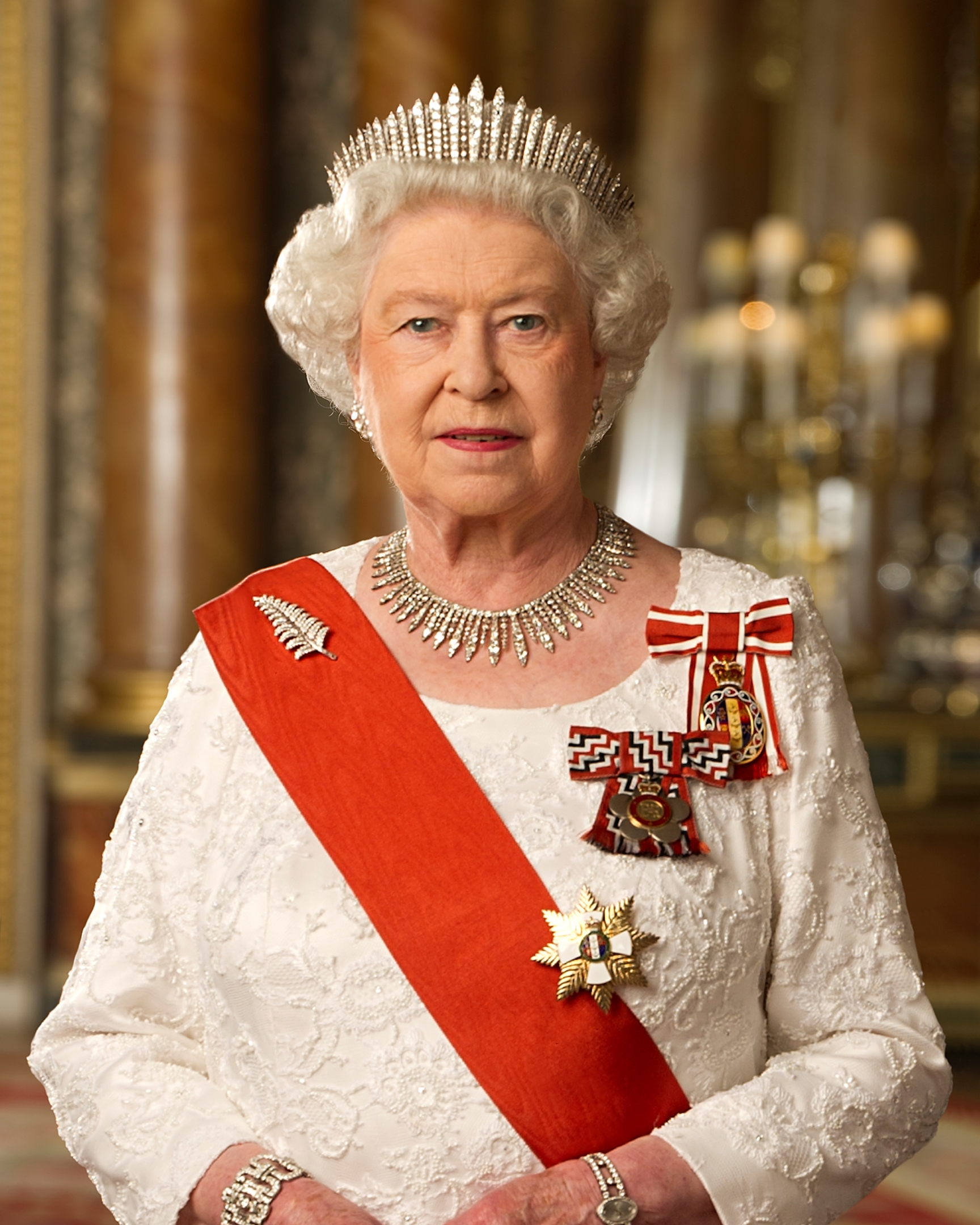The original story by Hannah Lang and Stefano Rebaudo for Reuters.
The greenback started the week indecisive, tugged by politics in Tokyo and Paris, nagging US credit worries, and the ever-present US–China trade drama.
In Asia, the yen slipped after hardline conservative Sanae Takaichi looked set to become Japan’s first female prime minister following a decisive parliamentary vote — fuel for expectations of looser fiscal policy that typically weighs on the currency. The dollar ticked up to ¥150.535, after flirting with ¥151.20 earlier, before a hawkish nudge from the Bank of Japan cooled the move: board member Hajime Takata, who dissented at September’s hold, reiterated the case for resuming hikes. With the BOJ meeting on Oct. 30, market-implied odds sit near 23% for a quarter-point rise. Japan’s Nikkei didn’t mind any of it — it closed more than 3% higher at a fresh record.
Across the Channel, the euro edged to $1.1659 as French political nerves eased a touch, though investors aren’t fully pricing out the risk backdrop — freezing pension reform buys time, not certainty.
Stateside, stocks ended last week higher after President Donald Trump signaled his mooted 100% China tariffs aren’t sustainable, and upbeat regional-bank results cooled panic around bad loans and alleged fraud. The DXY dollar index eased to 98.489 (after touching 98.025 Friday, the lowest since Oct. 6), as traders reassessed whether bank stress is isolated.
“The immediate danger seems to have passed,” said David Morrison at Trade Nation, though the dollar still faces a crosswind of headwinds: a grinding government shutdown crimping activity, renewed US–China tensions, and existing import tariffs pinching real incomes and corporate margins, as Klaus Baader at SocGen puts it. Barclays warns there’s no obvious catalyst to end the shutdown before November, when pressure usually intensifies.
Commodity FX found a tailwind. The Australian dollar climbed to about $0.651, cheered by Chinese data showing the economy still grinding forward despite tariffs: Q3 GDP +1.1% q/q, industrial output up 6.5% in September, and 4.8% y/y growth — its slowest in a year, but still broadly on track for the ~5% full-year target.
The dollar isn’t breaking, but it’s bending — caught between a potentially more hawkish BOJ, softer US macro optics, and political storylines on both sides of the Pacific that can swing sentiment in a headline.









The latest news in your social feeds
Subscribe to our social media platforms to stay tuned